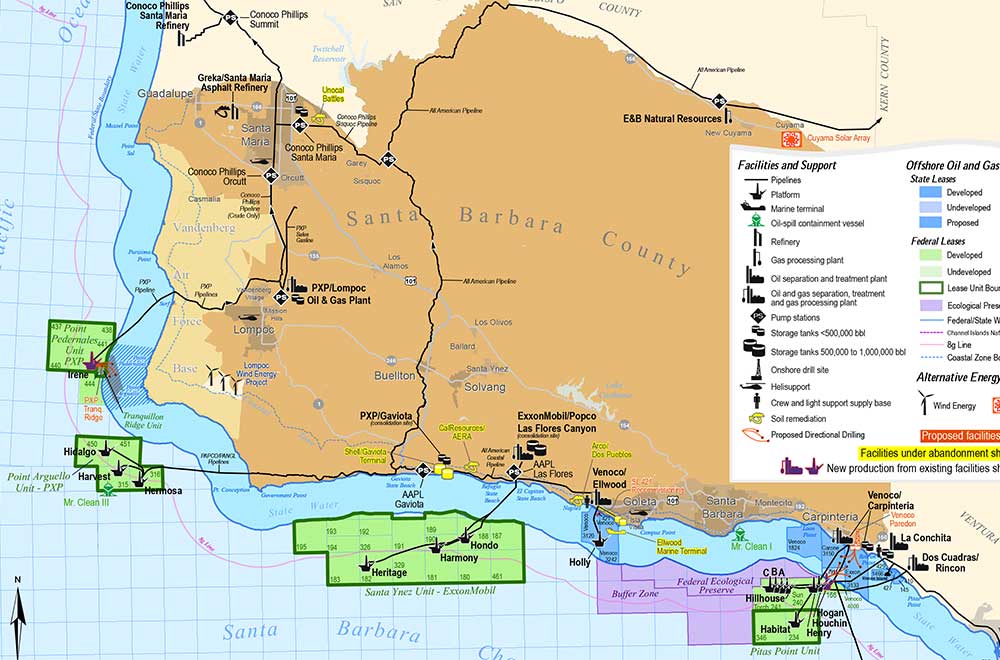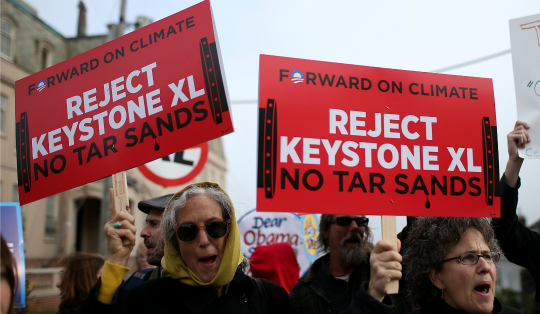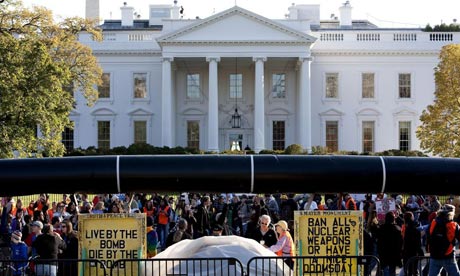http://insideclimatenews.org/content/us-keystone-report-relied-heavily-alberta-govt-funded-research
By John H. Cushman Jr., InsideClimate News
Feb 7, 2014
Alberta Premier Alison Redford during a speech in Calgary in November 2013. Alberta goverment agencies devoted to expanding oil sands development funded research that was used by the State Department in its environmental review of the Keystone XL pipeline. Credit: Chris Schwarz
The analysis of greenhouse gas emissions presented by the State Department in its new environmental impact statement on the Keystone XL pipeline includes dozens of references to reports by Jacobs Consultancy, a group that is owned by a big tar sands developer and that was hired by the Alberta government-which strongly favors the project.
In the end, the environmental review took into account much of the Jacobs group’s work-though not quite as much as the Alberta government wanted. The State Department report will play a crucial role in the Obama administration’s decision about whether to approve the Canada-to-Texas tar sands pipeline.
The Jacobs Consultancy is a subsidiary of Jacobs Engineering, a giant natural resources development company with extensive operations in Alberta’s tar sands fields. The engineering company has worked on dozens of major projects in the region over the years. Its most recent contract, with Canadian oil sands leader Suncor, was announced in January.
“The Alberta Oil Sands are a very important component of our business,” the parent company said in late 2011, announcing seven new contracts in the region. “Jacobs has a strong history in the area, and we are pleased to support our clients in these initiatives.”
Jacobs’s deep involvement with the expansion of the tar sands extends beyond its engineering activity. Jacobs Consultancy has carried out influential studies assessing the oil sands’ carbon footprint-research that has played a role in in the Obama administration’s review of the Keystone XL.
Two of its widely cited reports were paid for by government agencies in Alberta that are devoted to oil sands expansion.
One, done in 2009, was among a handful of studies chosen by the State Department in its Jan. 31 environmental impact statement to represent a range of estimates of the tar sands’ greenhouse gas impact.
As a rule, the Jacobs carbon footprint estimates of the tar sands oil that would move through the Keystone XL were considerably lower than alternative estimates produced by the U.S. National Energy Technology Laboratory, or NETL, which is part of the Energy Department and is independent of tar sands commercial interests.
Rather than choose a single figure, the State Department presented a range of estimates. Compared to other sources of oil, it said, annual incremental emissions of tar sands oil moving from Alberta to the Gulf Coast through the Keystone would fall between 1.3 million tons of carbon dioxide and 27.4 million tons.
The 1.3 million figure came from Jacobs; the 27.4 million figure from NETL.
A spokesman for Jacobs did not return a call.
The research is significant because President Obama has said he will base his decision on whether the project will “significantly exacerbate” climate-changing pollution.
Alberta has made extensive use of the Jacobs data when its officials have lobbied governments and politicians against imposing strict limits on tar sands imports because of the fuel’s heavy carbon footprint, including in California and in Europe.
The Jacobs Factor
Jacobs may be an unfamiliar name to the public, but it is one of the best-known and often-cited sources by researchers studying the emissions of carbon dioxide from the tar sands and how they compare to other types of fuel. The Congressional Research Service, for example, cited the Jacobs studies in its own survey of the tar sands’ carbon footprint, and they have figured in past environmental impact statements about other tar sands pipelines.
When Alberta sent the State Department its official comments last year seeking tweaks to the Keystone draft environmental report, which was still under review, the name Jacobs occurred two dozen times, on six of the Canadian letter’s 19 pages.
Alberta’s repeated invocations of the Jacobs group’s expert opinions centered on the two influential studies the group wrote in recent years, one published in 2009 and the other in 2012. Both had to do with measuring the carbon footprint of Canada’s tar sands crude oil.
The 2009 study, in particular, has been widely cited since its publication in just about every report examining how much dirtier the tar sands fuel is than other fuels from anywhere in the world.
In the State Department’s final environmental impact statement, as in the draft, the Jacobs group’s work is mentioned repeatedly in the same breath as work by the National Energy Technology Laboratory.
But as Alberta’s government sought to influence the conclusions in the lead-up to the crucial final State Department review, provincial officials wanted the contractors writing the agency’s environmental study to pay more attention to the 2012 Jacobs study than the 2009 one.
The 2012 study contained more recent data, the Canadians pointed out.
It also presented a prettier picture of pollution from the tar sands as compared to pollution from other sources of oil.
Alberta’s government also wanted the State Department in its final review to correct one citation of Jacobs in its bibliographic list of references. It had to do with who funded the 2012 study.
The citation said the 2012 study, like the 2009 study, had been conducted for the Alberta Energy Research Institute, an arm of the provincial government sponsoring research on behalf of tar sands enterprises.
Not so, Alberta noted. Rather, the later work had been commissioned by the Alberta Petroleum Marketing Commission, the province’s other arm-devoted to pushing tars sands as well.
Either way, Alberta had been paying for research to advance its strategic interest in producing more oil from the tar sands and shipping it to more new markets.
That has been a traditional role for Jacobs. Often, its work has been cited-twisted, according to some pipeline opponents-by the governments of Alberta and Canada or by sympathetic research institutes to further the cause of expanding the tar sands and building new corridors for sending its oil abroad, such as the Keystone XL.
Alberta Half Loses
In the end, the final environmental impact statement for the Keystone XL pipeline leaned more heavily on Jacobs’s 2009 study than the 2012 one preferred by Alberta.
The 2009 study was deemed more useful for dealing with the Keystone XL situation, as it compared Canadian crude oil to typical U.S. crudes. The 2012 study was more useful in Canada’s fight to tear down the European Union’s fuel quality directive, a law that would effectively discourage tar sands shipments to refineries in Europe if is carried out.
“Because Jacobs Consultancy (2012) focuses on the European market, this analysis continued to use Jacobs Consultancy (2009),” the final State Department report explained in a footnote.
Either way, the Jacobs work was meant to play down the carbon footprint of tar sands fuels by emphasizing factors that would tend to depress any calculations of the pollution burden.
In its 2009 document, Jacobs explained that previous studies of the carbon footprint of tar sands-such as one by the firm Farrel & Sperling that found the footprint of tar sands fuel to be 41 percent higher than other grades-had neglected to consider various factors that would make the picture look less stark.
Jacobs was hired, it said in the 2009 report, to provide a “fair and balanced” assessment for purposes of countering California’s low carbon fuel standard, which inhibits sales of high carbon fuel like Alberta’s.
That assignment came from Alberta Energy Research Institute, now operating under the name “Alberta Innovates,” and previously known as the Alberta Oil Sands Technology and Research Authority, established in 1974 “to promote the development and use of new technologies for oil sands and heavy crude oil production.”
Special thanks to Richard Charter



